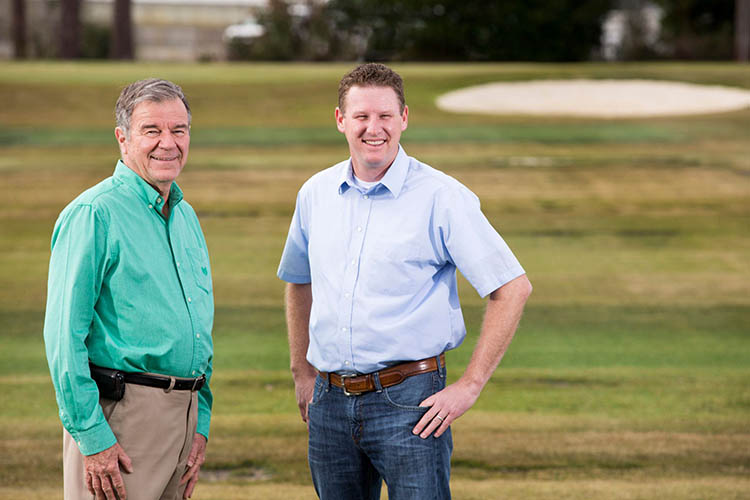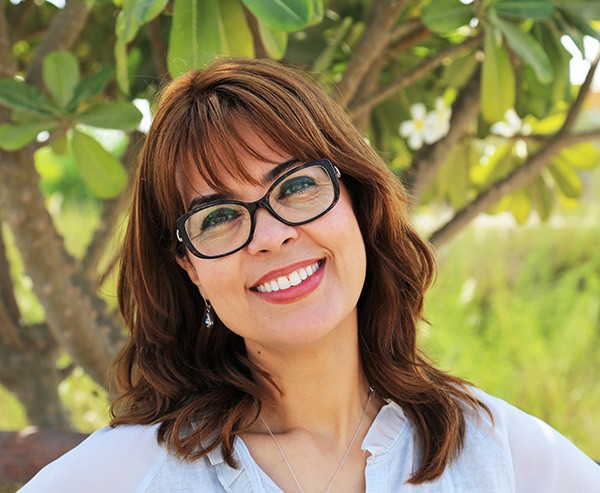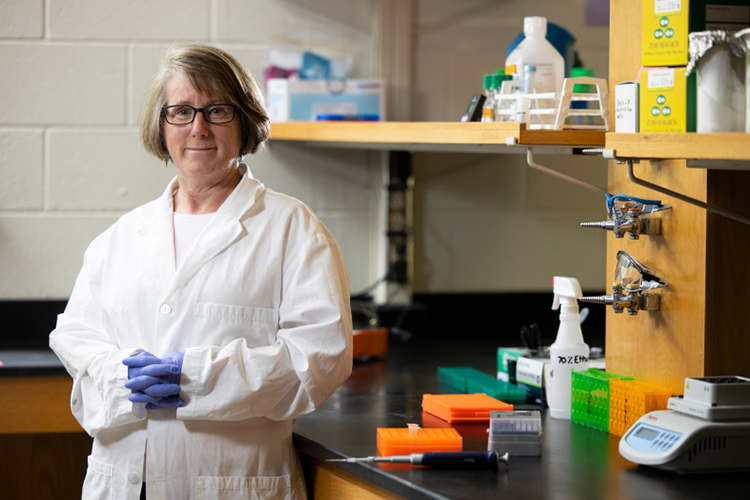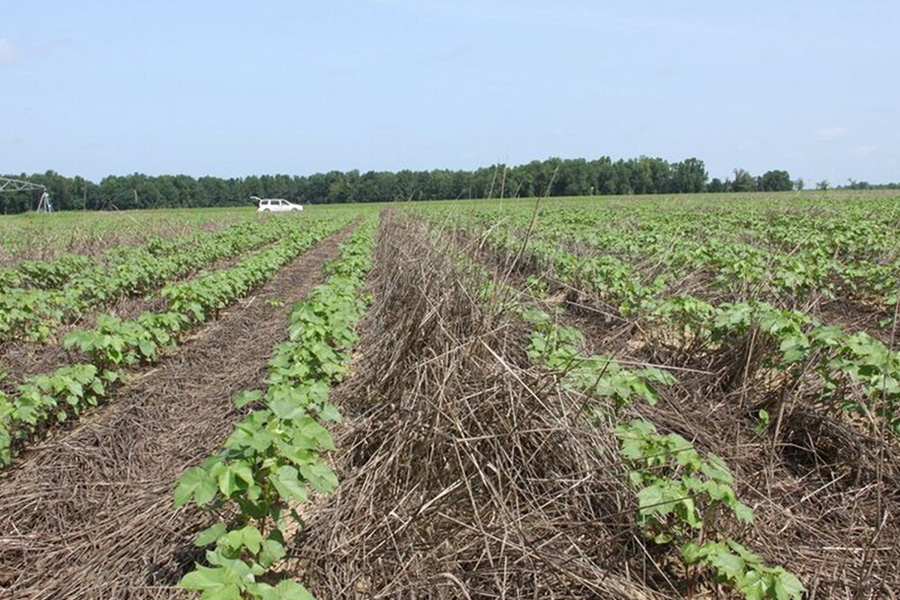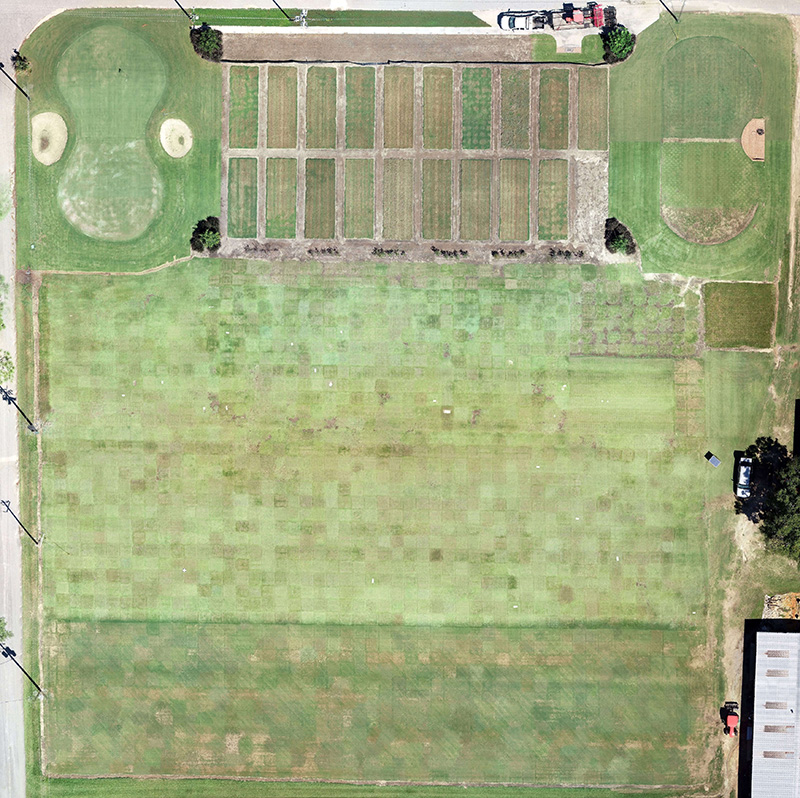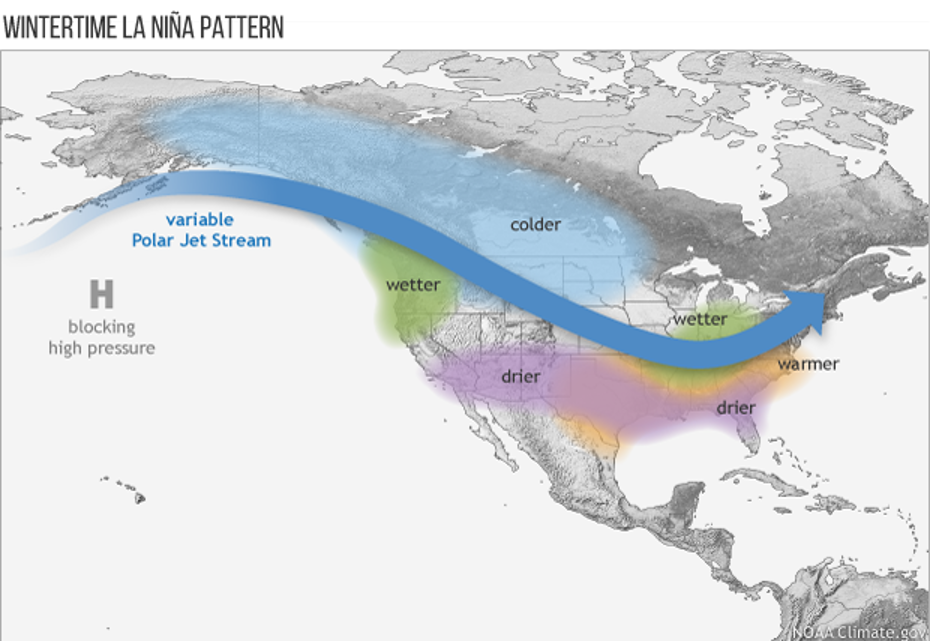 CAES News
CAES News
La Nina
December is the start of the three-month winter season here in the Northern Hemisphere. In 2021, December started out 4 to 6 degrees Fahrenheit (F) warmer than normal. Whether this is likely to last through the rest of the winter depends on two major weather patterns that are affecting the winter climate in Georgia.


.jpg)
